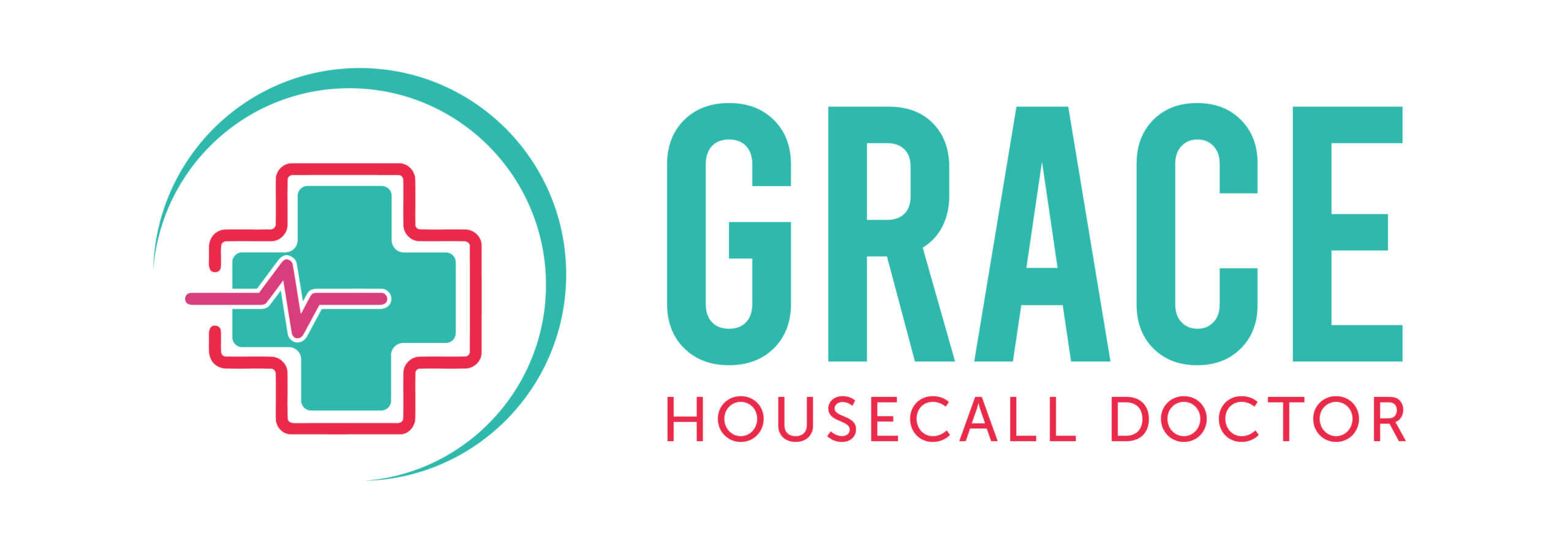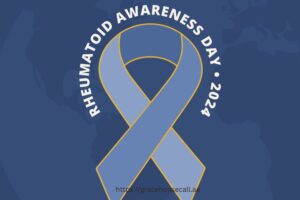What is the relation b/w sugar and cholesterol

What is the meaning of Cholesterol?
Your liver produces a substance that resembles waxy fat called cholesterol. It aids in the development of membranes, or protective layers, that envelop your body’s cells. In addition, it aids in the synthesis of bile, which aids in food digestion, and some hormones. In other words, cholesterol functions vitally in your body even though it has a bad reputation.
The whole amount of cholesterol you need is produced by your body. But other factors can raise your cholesterol, like what you eat. Saturated fat-rich foods, such as red meat, are the primary cause of elevated cholesterol. Your risk of heart disease increases as your cholesterol levels rise. For this reason, if your cholesterol has risen, it’s critical to lower it.

Two types of cholesterol are recognized by experts. They are as follows:
Cholesterol that is low-density lipoprotein (LDL). LDL cholesterol, sometimes known as “bad cholesterol,” is involved in the process of atherosclerosis, which is the accumulation of plaque in the arteries. Plaque, which is composed of cholesterol and other materials, can obstruct your blood vessels’ normal blood flow. Plaque-induced blockages have the potential to cause a stroke or heart attack. Because of this, you should have low levels of this kind of cholesterol concerning your blood’s total cholesterol level.
cholesterol found in high-density lipoproteins (HDL). It’s common to refer to this as good cholesterol. By absorbing LDL cholesterol as it passes through your bloodstream and returning it to your liver, it aids in the removal of LDL cholesterol from your body. It is eliminated from the body there as waste. About the total amount of cholesterol in your blood, you want high levels of this particular cholesterol.
Most likely, when your doctor tells you that your cholesterol is high, she’s talking about your LDL level in particular, or your total cholesterol, which is determined by a panel that measures LDL, HDL, and triglycerides, a type of blood fat that will be discussed in a moment.

How are Sugar and Cholesterol related?
Americans consume 22 teaspoons of added sugar on average each day, which is equivalent to 350 extra calories.
The sugars that are naturally present in foods like fruits and milk are not the same as added sugars. Things included in added sugars are sweeteners you may put in your food apart from its natural sweetness, such as:
- Granulated sugar
- Brown sugar
- Honey
- Jaggery
- Sweeteners are manufactured artificially using high fructose corn syrup.
Nutrients are absent from added sugars but calories are present in high quantity. In addition to increasing your weight and risk of diabetes, these extra empty calories affect your cholesterol levels. Additionally, eating sugary food affects your liver, which produces cholesterol.
It’s critical to realize that cholesterol is necessary for your body to function properly. It’s an essential component that your body needs to produce new cells.
Overindulgence in sugar causes your liver to produce more LDL while reducing your body’s HDL levels.
Triglycerides are a type of blood fat that affects your cholesterol levels, and eating a sugary diet increases your intake of them. It develops when your body requires more calories to burn off the food you eat.
Your body stores triglycerides in its fat cells, which it releases when it needs more energy in between meals.
Additionally, sugar inhibits an enzyme that your body requires to eliminate and break down triglycerides.
Additionally, having high triglyceride levels in addition to high LDL and low HDL can increase the risk of heart disease, heart attacks, and strokes by causing fatty build-up in the arteries.
How to Reduce Sugar Consumption?
Reducing sugar intake is difficult if you have a strong sweet tooth; it’s like telling a caffeine addict to give up their morning coffee. Concentrate on the advantages. Remind yourself that you will be able to safeguard your heart with your efforts. It all comes down to being prepared to make good changes to see good results.
According to Dr. Ascher, while giving up all sugary treats isn’t necessary, moderation is key. That’s probably something you all must have heard and read earlier, nothing new to you, but you may be wondering what exactly constitutes moderation. How much amount is considered a moderate amount? The American Heart Association (AHA) advises most women to keep their daily intake of added sugars to six teaspoons (one teaspoon is equal to four grams) or less. Nine teaspoons a day is the maximum amount that most men should consume.
For comparison, approximately 55 grams, or more than 13 teaspoons, of sugar are found in a typical piece of frosted chocolate cake. Thus, you might want to share it if you’re in the mood for cake!
Keep in mind that sugar can be found on food labels under a variety of names, some of which even have a fictitious health halo. Look for brown rice syrup, high-fructose corn syrup, honey, molasses, agave, and coconut sugar in addition to regular sugar. These are all added sugars that function in your body in the same way as regular white sugar. Regardless of the source, the total grams of sugar will be listed separately on the nutrition label.
Even (or especially) when purchasing seemingly healthful foods like cereals and protein bars, it’s a good idea to read the labels. These may contain a sizable amount of added sugar. If a product you’re interested in turns out to be extremely sugary, search for a low- or no-sugar substitute.
Recall that the most prevalent source of added sugar is sugary drinks. Substituting sugar-sweetened beverages is a better idea if you consume large amounts of soda. Replace a can of soda or a sweetened fruit-flavored drink with one of these unsweetened sparkling water cans.
Although there are alternatives, such as diet soda, some studies indicate that consumers who consume foods and beverages with sugar substitutes ultimately make up for their calorie savings by overindulging later in the day. (The AHA states that these sweeteners can be a part of a healthy diet, although the evidence is conflicting overall.)
You might want to restrict the amount of 100% juice that you consume. It’s high in calories per volume and sugar content (natural), even without any added sugar. A glass of orange juice, for instance, contains 23 grams of sugar.
Consulting with a registered dietitian nutritionist can be beneficial as they can provide guidance on other dietary adjustments and help you reduce the amount of sugar in your diet. Make sure you think about asking your physician for a recommendation, particularly if you have already received a heart disease diagnosis.
Above all, he advises perseverance even if you occasionally revert to old behaviors. You shouldn’t expect to avoid sweets flawlessly, as few people manage to do so.
Small steps are better than no steps. Pay attention to consuming wholesome meals. For the majority of people, the 90% rule combined with the occasional indulgence in less healthful foods on special occasions is likely the most effective strategy.
Remain robust and well.
Sedentary lifestyles cause your body’s HDL levels to drop. As a result, there is less good cholesterol available to flush the arteries of bad cholesterol (LDL).
A weekly dose of moderate-intensity aerobic exercise is sufficient to maintain blood pressure and cholesterol levels under control, even at 150 minutes. Exercises like swimming, brisk walking, dancing, cycling, etc. are beneficial for the same.
Your body’s HDL levels decrease when you smoke. Smoking increases a person’s chance of developing heart disease if their cholesterol is unhealthy. Lowering cholesterol can be achieved by giving up smoking. Conversely, nonsmokers ought to stay away from secondhand smoke.
Additionally, obesity can cause the body to produce more LDL and less HDL. Thus, lowering body weight can also aid in raising cholesterol levels. Cholesterol levels can change significantly with even a 10% reduction in weight.
Modest behavioral adjustments can have a significant impact on controlling cholesterol levels. However, medication to lower cholesterol levels will be prescribed if lifestyle modifications are ineffective in producing significant changes.
The Function of Diet in the Management of Cholesterol
One of the main causes of high cholesterol can be the quantity of specific fats and carbohydrates you eat. Staying away from trans fats whenever feasible and keeping saturated fats to no more than 6% of daily calories.
Fortunately, a healthy balanced diet can include a variety of foods that can lower cholesterol.
Let’s look at some of the best foods to include in your diet and some that you might want to limit to control your cholesterol levels.
Foods That Aid in Lowering Blood Pressure
- Jars containing some vegetables and legumes
- Whole grains: oats
- Nuts made from eggplant
- Oils made from vegetables
- Fruits
- Soy and its derivatives
- Fatty fish
- Fiber
- Foods to Avoid
- Milk chocolate
- Baked products
- Deep-fried foods
- Prepared meals
- Meats that are red or processed
- Dairy products with full-fat
- Margarine
- Oils that are hydrogenated
- Exercise’s Effect on Cholesterol Levels
- Berry Bowl
Beyond just being more attractive, physical activity and exercise also reduce the risk of cardiovascular disease and early death. Exercise can also help lower cholesterol levels in addition to all of the above.
Studies have shown that obesity raises blood levels of low-density lipoprotein (LDL) cholesterol and increases the risk of heart attacks by concentrating too many LDL molecules in one area. But when we exercise, our bodies create the enzymes needed to move the LDL molecules from the blood to the liver, where they are eliminated. Put simply, your body excretes more LDL the more you exercise.
Increased physical activity can also lower blood triglyceride levels and have a positive effect on lipoprotein levels, such as HDL-C. Obesity and high triglycerides can be risk factors for metabolic syndrome, so adopting healthy lifestyle practices like regular exercise can promote improved general health.
It’s critical to engage in the recommended amount of physical activity because doing so can help you control your cholesterol, lose weight, and maintain heart health.
When to seek medical advice?
Hypercholesterolemia or elevated LDL cholesterol levels can be diagnosed by a physician. Atherosclerotic plaques may develop as a result of this illness, raising the risk of:
- Coronary heart disease
- Disease of the peripheral arteries
- Aneurysms in the aorta
- Stroke
A doctor should be consulted by anyone worried about their cholesterol levels. If tests are required to ascertain whether a patient’s cholesterol levels are within normal range, a physician can provide additional guidance regarding reducing cholesterol intake.









